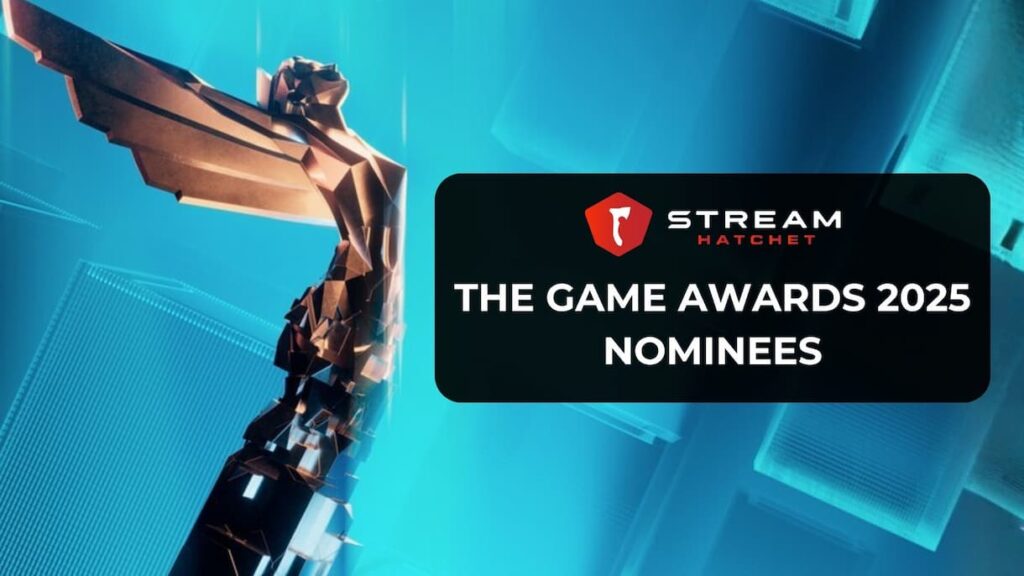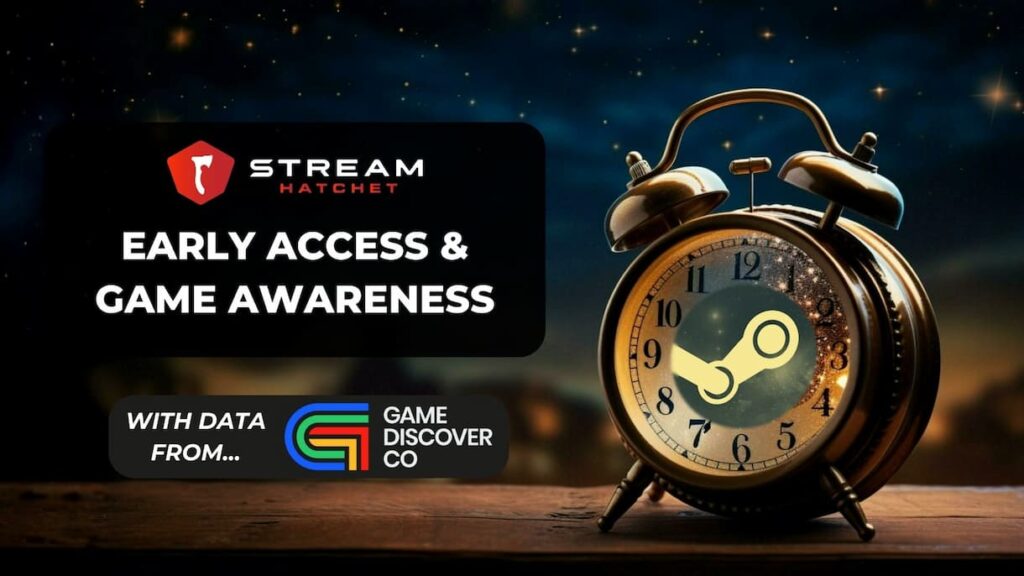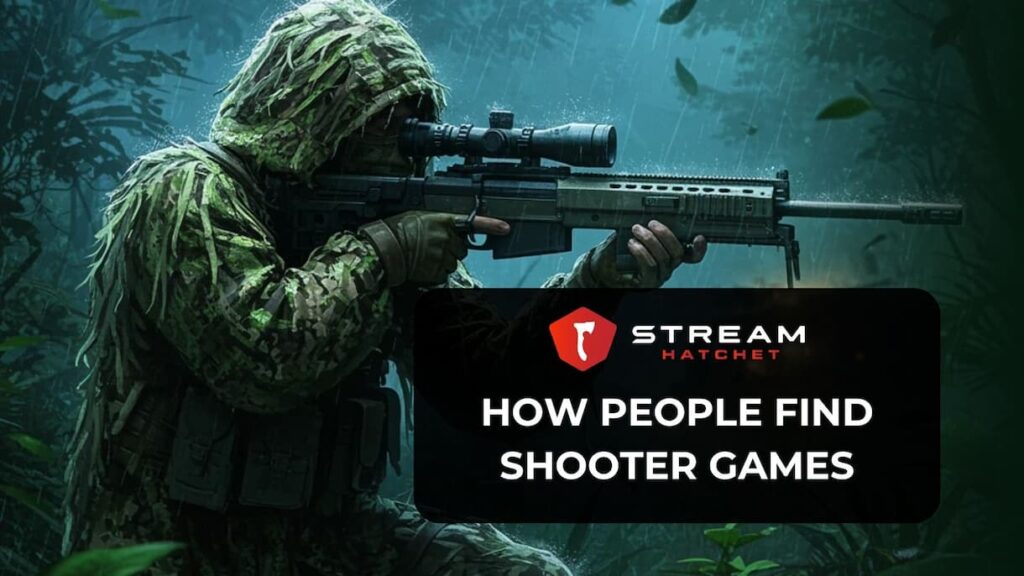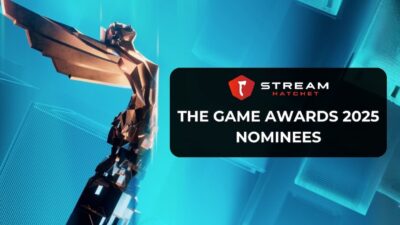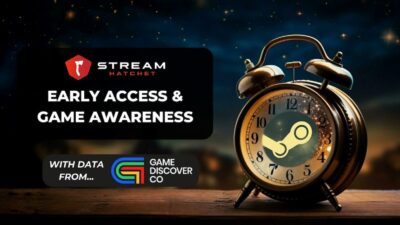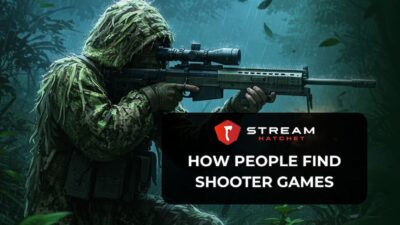Co-streamers bring esports events to life. They pull their fans into the action, providing expert analysis or commenting on the action with their unique sense of humor. Even when a fan doesn’t know what teams are playing, they can rely on the creators to whom they’ve grown attached to shepherd them through the event with entertainment as their focus.
Back in February of this year, Stream Hatchet saw this co-streamer phenomenon in full effect while reporting on the Six Invitational. Game publisher Ubisoft partnered with streamers Jynxzi, Gaules, and shroud to overwhelming success, generating massive viewership for their event. Observing the impact of co-streaming on esports viewership marks a potential path forward for future esports tournaments and influencer collaborations.
The Overwhelming Success of the Six Invitational
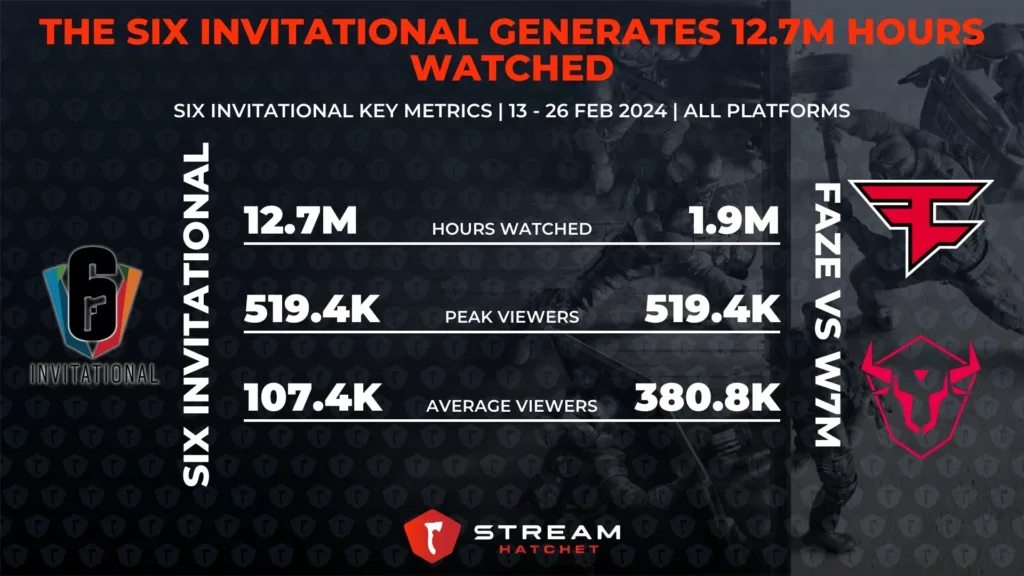
Before delving into the effect of co-streaming, it’s worth re-emphasizing the immense popularity of the Six Invitational 2024 even among other esports events. The Six Invitational brought together some of the top esports teams and the most popular streamers worldwide. The entire Six Invitational brought in 12.7M hours watched, with 1.9M of those hours coming from the grand final alone. In fact, the average minute viewership (AMA) for the grand final was 255% higher than for the rest of the event, demonstrating the surge in demand for the final round. Naturally, the peak viewership of 519K also came from the grand final.
Co-streamers Bring In More Viewers Than Official Streams for the Six Invitational Grand Final
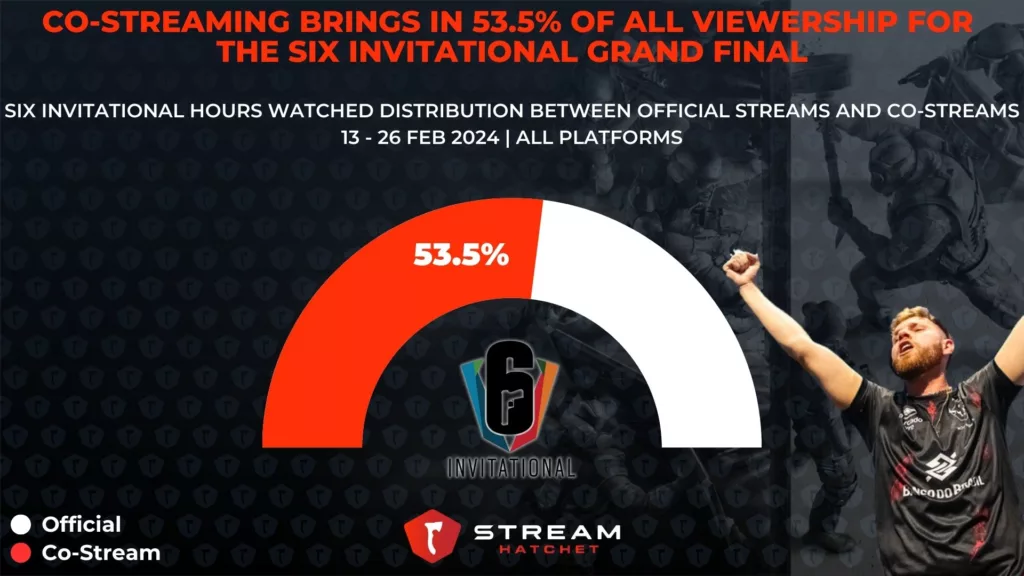
With the amount of viewers tuning in for the event, it’s surprising that the majority of viewers deferred to co-streamers for Six Invitational grand final coverage rather than the official streaming channels. For the grand final event, 1M hours watched came from co-streamers versus just 898K from official streams – a difference of roughly 14.9%. Even when considering the peak viewership, co-streamers come out on top: Co-streamers had a peak viewership of 308K, whereas official streams had just 211K. It’s clear that for viewers, coverage with personalized commentary was far more engaging than the more intricately-directed official streams.
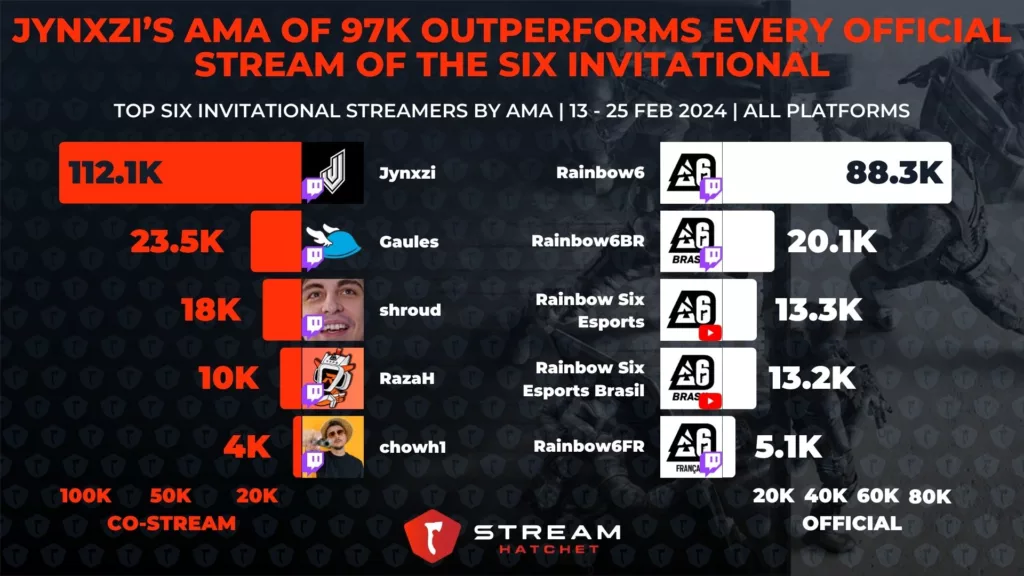
Among the co-streamers being watched, Jynxzi rose to the top of the pack. Over the course of the entire event, Jynxzi brought in 1.1M hours watched, with an AMA of 97K. This far outperforms any other co-streamer, with the next highest AMA belonging to Gaules with 24K. It is worth noting, however, that RazaH streamed for almost 10 times the amount of hours as Jynxzi, providing comprehensive coverage of the entire event to pull in 898K hours watched.
Focusing on the grand final alone, the only stream that truly performed on the same level as Jynxzi was the official Rainbow6 stream. Jynxzi had an AMA of 112K for the grand final, while the Rainbow6 stream had an AMA of 88K. For a single co-streamer to outperform the official stream is incredible – especially given that at his peak, Jynxzi had 203K viewers watching compared to just 115K for Rainbow6.
Co-streamers Generate Active Viewers Through Chat Engagement
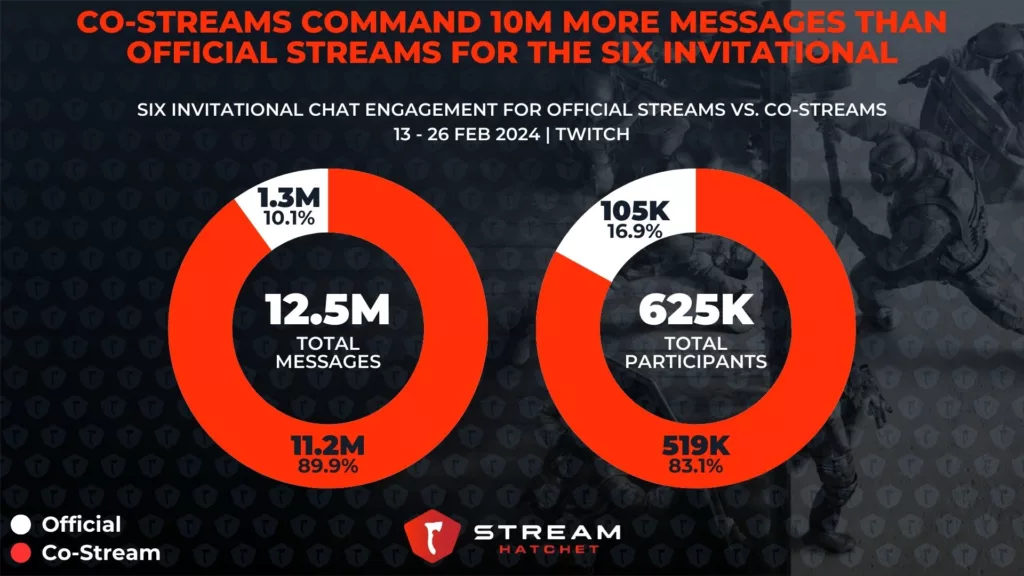
Simple viewership is not enough, however: Sponsors and organizers of events want to reach active, engaged viewers above all to make sure their branding is being seen. Chat engagement is one of the strongest ways to measure viewers’ active interest in streams, and in this respect, co-streamers are dominating official streams. Across the full event, co-streamers generated 11.2M messages from 519K participants, while official streams pulled in just 1.3M messages from 105K participants. If we treat engagement as the average number of messages sent by users, then we see that co-streams have 81.3% more engagement than official streams.
Focusing on the grand final, the engagement was lower for both co-streams and official streams. However, co-streams still beat out official streams with 36.7% more engagement. Jynxzi alone had 322K messages during his grand final coverage – roughly half of all messages sent on co-streaming channels during that series.
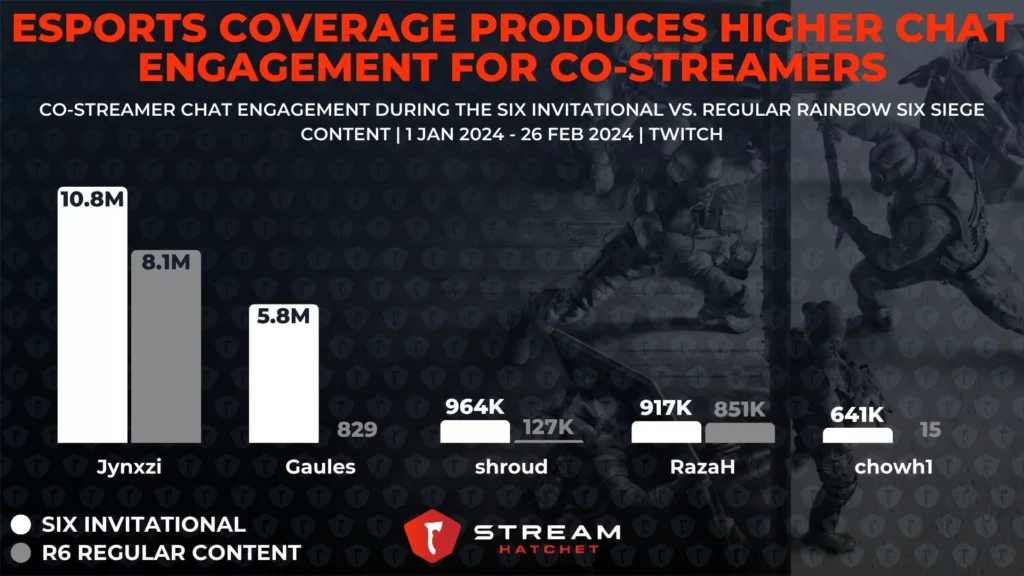
While it might be tempting to entirely attribute the chat engagement of co-streaming to the popularity of the streamers, the full picture is a little more complicated. Outside of the Six Invitational, chat engagement for each of the top five co-streamers was lower for Rainbow Six Siege content. Jynxzi’s difference was minimal, with event chat engagement getting a boost of 7.9% compared to non-event Rainbow Six Siege content.
But for the other streamers, the difference was massive. Gaules, for example, had a chat engagement of just 2.2 for non-event Rainbow Six Siege content. But for the Six Invitational, Gaules’ chat engagement jumped to 33.0 – a massive 1400% jump. While Gaules’ data shows a more dramatic increase than the other five top co-streamers, the fact remains that the esports event was a crucial factor in creating active, engaged viewers.
The success of co-streaming relies on the combination of high-demand esports games and high-demand streamers. This mix is better than the sum of its parts, creating an exciting live event and marrying this with commentary that fans crave. Targeting co-streamers of esports events is therefore the best way to reach activated, interested viewers. Partnering with the right co-streamers can make or break the financial success of an esports event as a result: Stream Hatchet will continue to monitor which co-streamers are best at bringing viewer attention to brands and events.
To hear more about the best strategies for promoting brands and events on streaming, follow Stream Hatchet:

